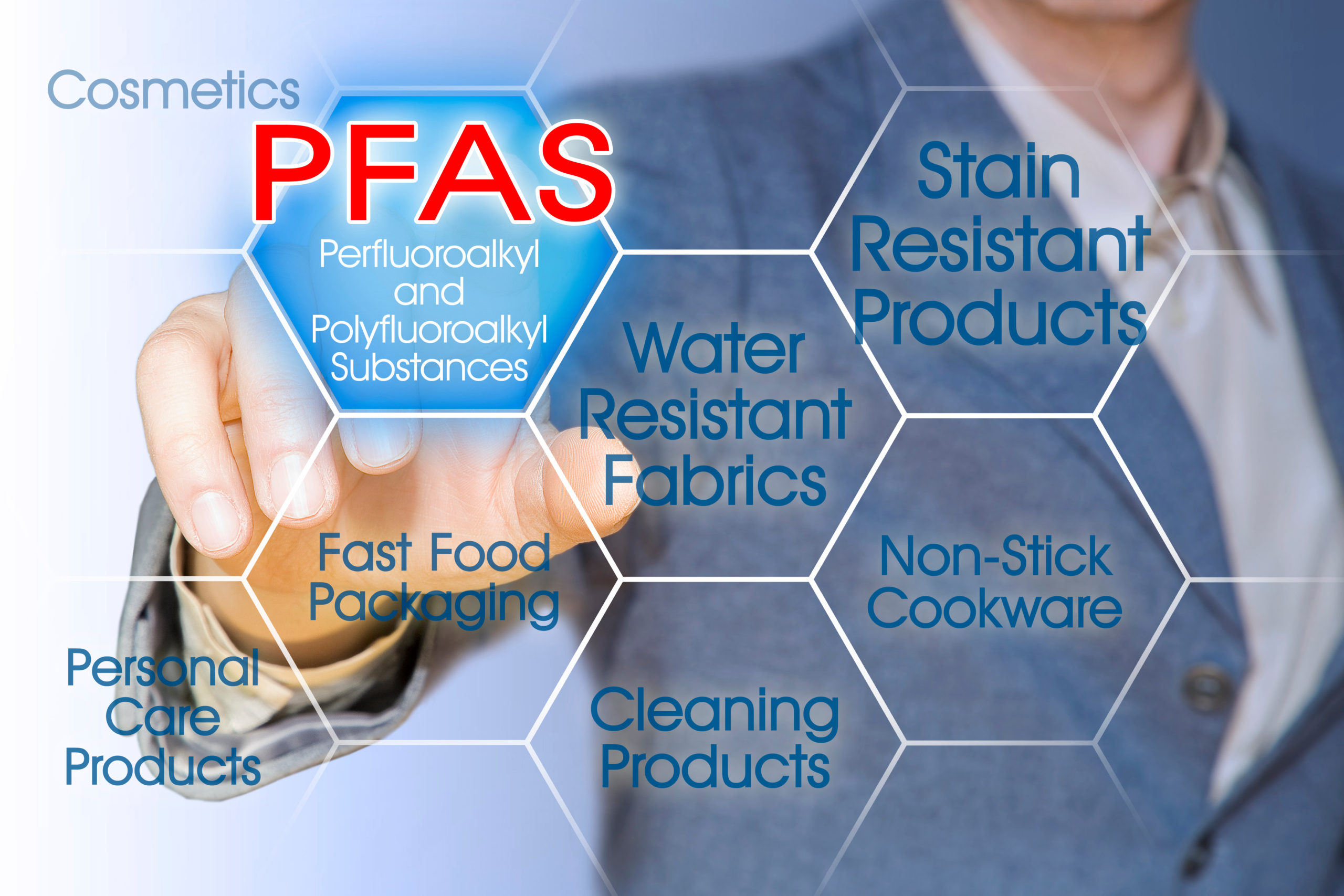Four major companies announced agreements related to a class-action lawsuit over the manufacture of per- and poly-fluoroalkyl substances (PFAS) that have been found in drinking water across the country.
DuPont, Chemours, and Corteva agreed to pay $1.185 billion dollars to public drinking water systems to test for and remove PFAS from their water supplies. The 3M company also reached a $10.3 billion agreement.
Though the agreements are still pending approval by a Federal Court in South Carolina, if approved they would affect public water systems nationwide that have already detected PFAS and those that find PFAS in drinking water in the future.
The 3M funding would be paid out over a 13-year period and can be utilized for testing for PFAS and remediation. 3M has announced it will stop manufacturing PFAS by the end of 2025.
USEPA Announces PFAS Framework
Meanwhile, the U.S. Environmental Protection Agency (USEPA) is working to reduce or eliminate future PFAS contamination. The Federal regulatory agency announced its framework for reviewing new PFAS and new uses for the so-called “forever chemicals.” USEPA will undertake an extensive evaluation process to ensure they pose no harm to human health and the environment.
Under the Toxic Substances Control Act (TSCA) section 5, USEPA is required to:
- Review new chemicals within 90 days.
- Assess the potential risks to human health and the environment of the chemical and make one of five possible risk determinations.
- Take action to mitigate risks before the chemical can enter commerce.
Under the framework, USEPA expects that some persistent bioaccumulative and toxic (PBT) PFAS will not result in worker, general population, or consumer exposure and are not expected to result in releases to the environment. An example of this is when PFAS are used in a closed system with occupational protections as is generally the practice in the manufacture of some semiconductors and other electronic components.
By distinguishing uses that could result in environmental releases from those that won’t, as well as requiring upfront testing for many PFAS, the application of the framework will help ensure that any new PFAS won’t harm human health and the environment. USEPA says the framework will continue to allow certain PFAS to be used when exposures and releases can be mitigated.

